Showing Posts From S
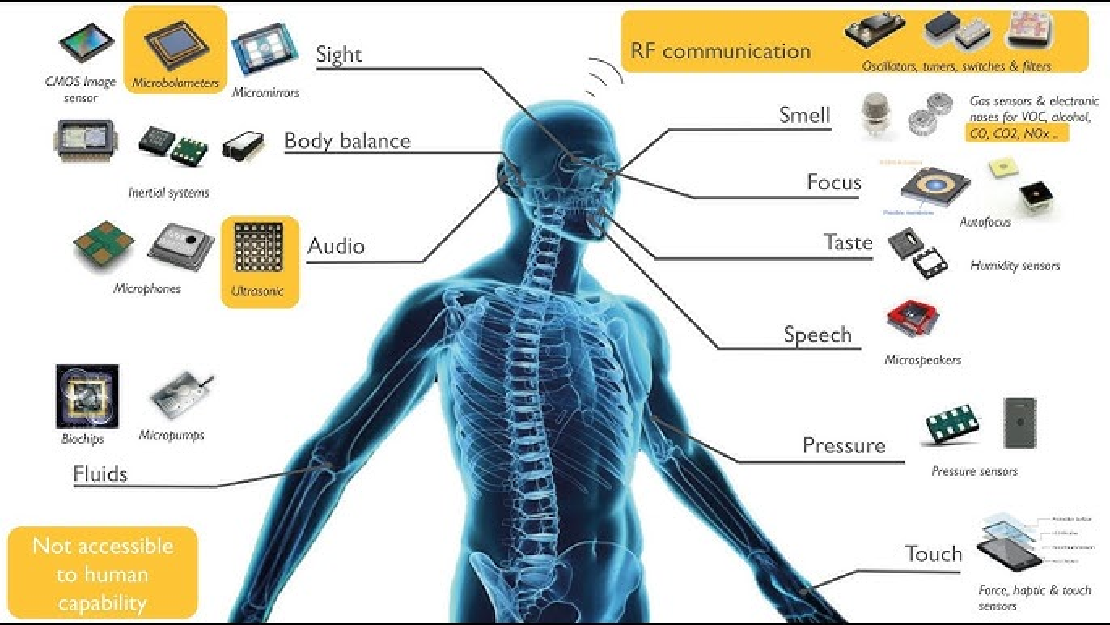
Sensors in Robotics: How Ultrasonic, LiDAR, and IMU Work
Sensors are to robots what eyes, ears, and skin are to humans—but with far fewer limits. While we rely on just five senses, robots can be equipped with many more, sensing distances, movement, vibrations, orientation, light intensity, and even chemical properties. These sensors form the bridge between the digital intelligence of a robot and the physical world it operates in.
Read more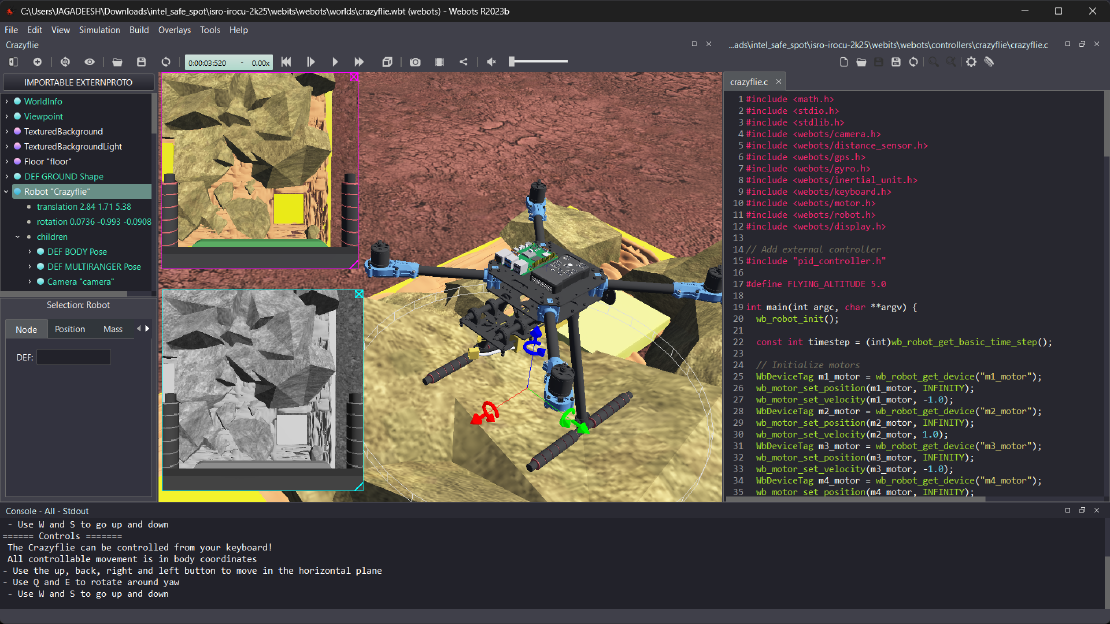
Debugging a Robot In Simulation Before You Burn Wires
Hardware does not come with an undo button. Once you power it on, mistakes—from reversed wiring to faulty code—can result in costly damage. Motors may overheat, printed circuit boards (PCBs) can be fried, and sensors may break. These issues turn exciting projects into frustrating repair sessions. The autonomous drone shown above, designed for GNSS-denied environments in webots as part of the ISRO Robotics Challenge, is a perfect example—where careful planning, testing, and hardware safety were critical at every step
Read more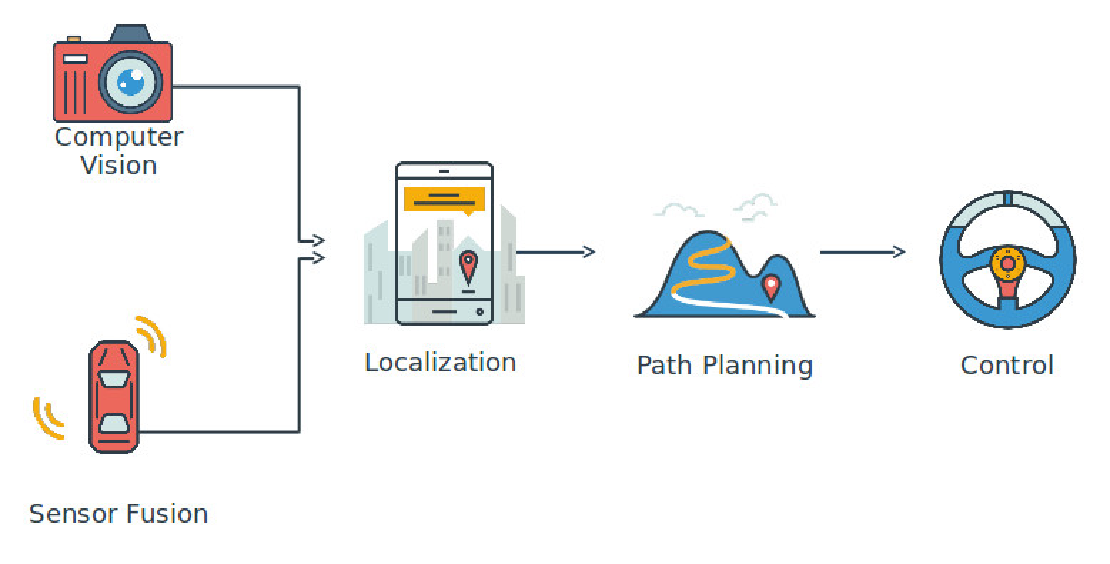
Computer Vision vs. Sensor Fusion: Who Wins the Self-Driving Car Race?
Tesla’s bold claim that “humans drive with eyes and a brain, so our cars will too” sparked one of the most polarizing debates in autonomous vehicle (AV) technology: Can vision-only systems truly compete with—or even outperform—multi-sensor fusion architectures?
Read more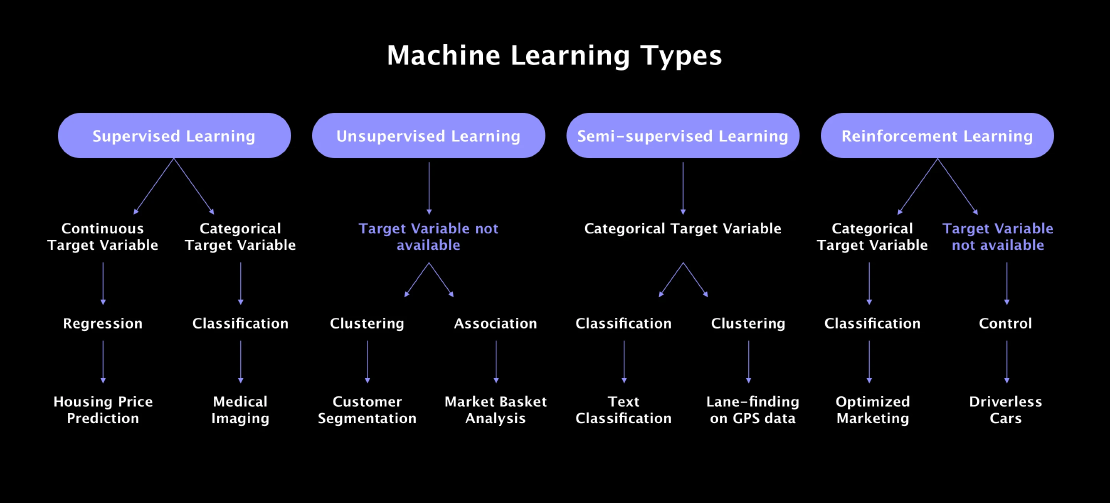
Understanding the Basics of Machine Learning
Machine learning is something that shows up all around us today—whether we’re aware of it or not. From personalized suggestions on YouTube and Netflix to automatic spam filtering in our inboxes, it’s quietly powering a lot of the tools we use daily.
Read more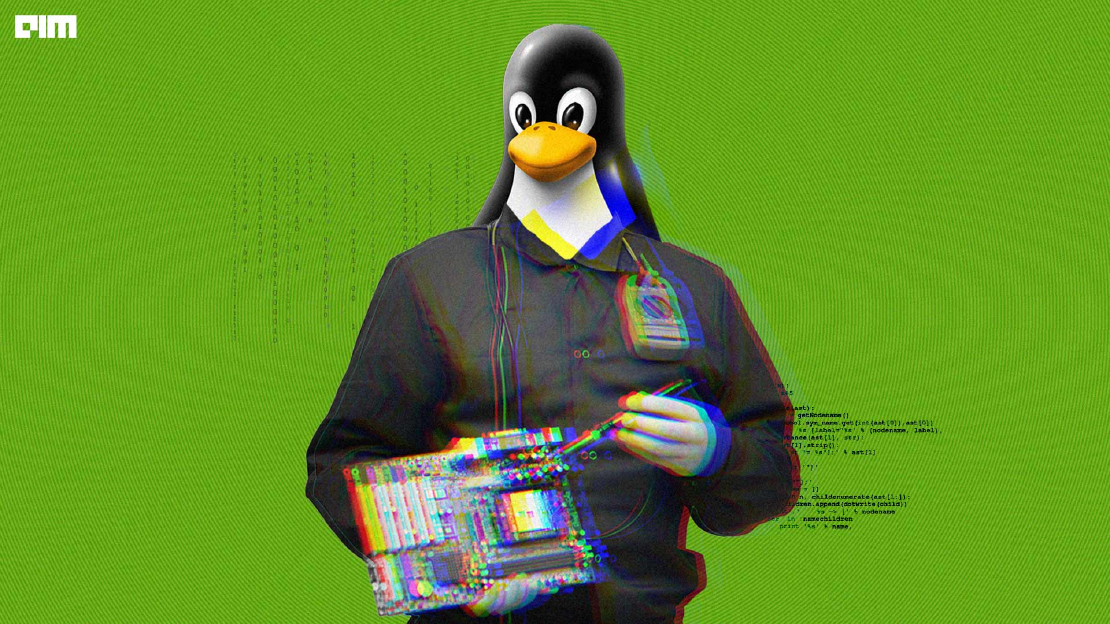
Why RISC-V Can Be a Game Changer?
In an industry where silicon efficiency, design flexibility, and time-to-market are paramount, the limitations of proprietary processor architectures are becoming increasingly apparent. RISC-V, an open-source ISA, is reshaping the VLSI design landscape by enabling deeper hardware-software co-design, architectural customization at the RTL level, and tighter control over power, performance, and area (PPA)—without the constraints of licensing or closed specifications
Read more
Introduction to VLSI Design Flow: RTL to GDSII
Wonder why AI, modern smartphones, and countless digital devices have become so powerful yet compact? The secret lies in the ability to pack billions of transistors into tiny silicon chips — a feat accomplished through Very Large-Scale Integration (VLSI). At the core of this accomplishment is a complex, multi-step design flow that transforms abstract hardware concepts into a physical chip ready for fabrication.
Read more